The Grand Canyon National Park stands as the crown jewel of the American Southwest and is undoubtedly one of the most spectacular natural wonders in the world. Stretching an impressive 277 miles through northern Arizona, this iconic canyon offers breathtaking views, rich geological history, and endless opportunities for adventure. Carved over millions of years by the Colorado River, which flows at its mile-deep base, the Grand Canyon is a marvel that captivates millions of visitors each year.
Whether travelers are seeking a leisurely visit to take in the panoramic vistas or an adrenaline-filled adventure, the Grand Canyon caters to all. This guide explores everything from the best hikes and camping spots to river rafting and lodging options, providing comprehensive insights for planning an unforgettable trip in 2025.
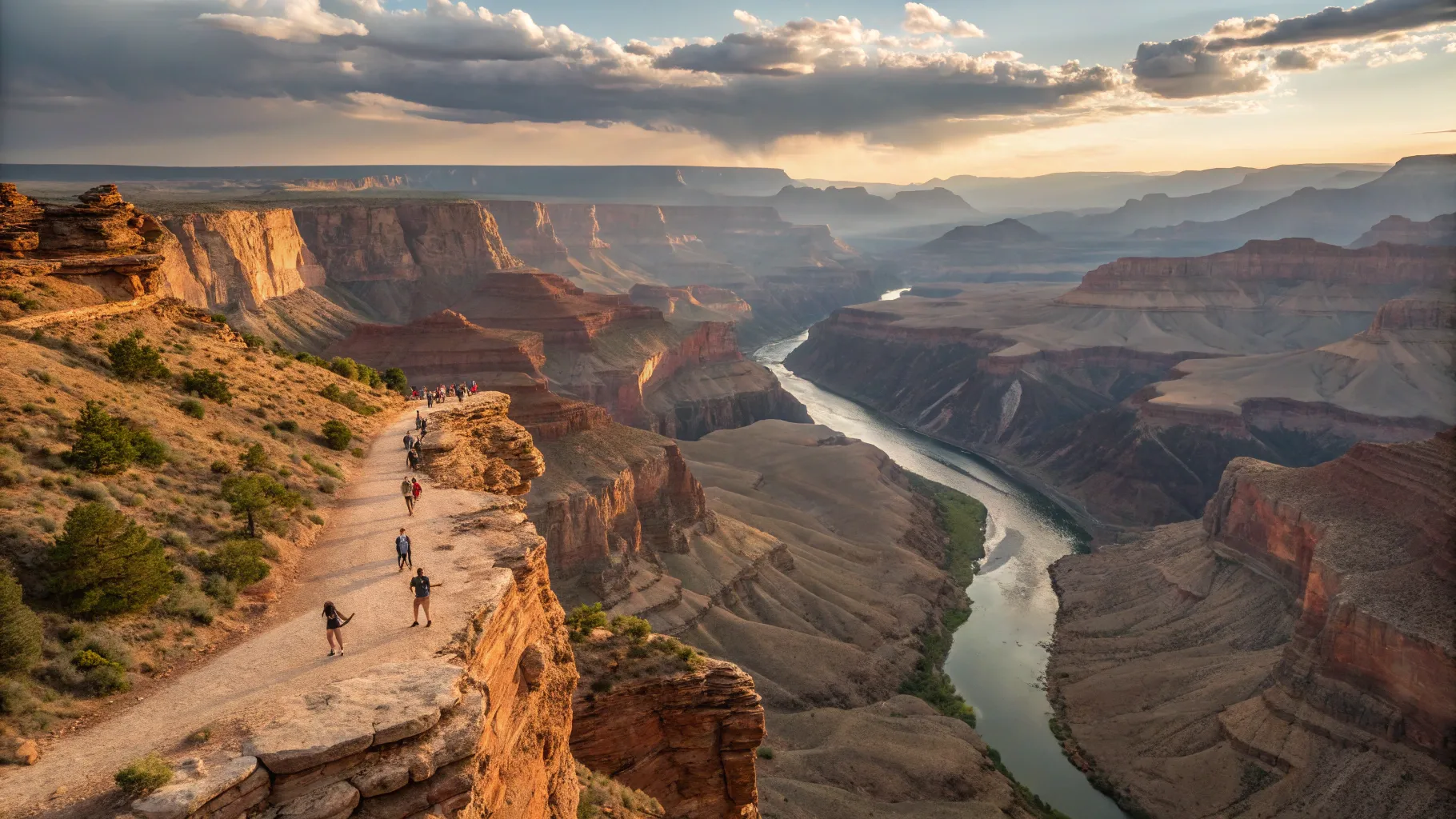
Understanding the Grand Canyon: North Rim vs. South Rim
The Grand Canyon is divided by the Colorado River into two main rims: the North Rim and the South Rim. While the distance between the rims is about 10 miles across, there is no bridge connecting them, meaning visitors must drive approximately five hours to get from one side to the other.
The South Rim is by far the more accessible and popular side, located closer to Phoenix and Interstate 40. It hosts the majority of visitors and offers a wide range of amenities, including visitor centers, trails, and lodging. In contrast, the North Rim is more remote, reachable only by passing through southern Utah, and receives far fewer visitors due to its isolation and seasonal accessibility.
For those planning a visit, it’s important to decide which rim to explore, especially when booking activities, as crossing between rims can be time-consuming and inconvenient.
Things to Do at the Grand Canyon
Simply standing at the edge of the Grand Canyon is an awe-inspiring experience. Even amid the crowds, visitors can find moments of solitude and marvel at the vastness and beauty of this natural wonder. The South Rim’s Grand Canyon Village and visitor center provide excellent starting points for exploration, with informative exhibits and scenic viewpoints.
For those seeking more than sightseeing, the Grand Canyon offers a diverse range of activities:
- Camping: Options range from developed campgrounds to backcountry permits for those wanting a more rugged experience.
- Hiking: Trails on both rims vary in difficulty, from gentle rim walks to strenuous descents to the river.
- Biking: Rent bikes on the South Rim to explore car-free scenic routes like Hermit Road.
- Rafting: Navigate the Colorado River for a unique perspective of the canyon’s grandeur.
- Helicopter Tours: Soar above the canyon for spectacular aerial views.
- Mule Rides: Experience the canyon in a traditional way with guided mule trips.
When planning activities, it is crucial to choose options located on the same rim to avoid long drives and logistical headaches.
Bike the Scenic Routes
The South Rim offers exceptional biking opportunities. Hermit Road, a seven-mile stretch, is closed to car traffic from March through November, making it one of the most scenic and peaceful routes in the world for cycling. For more adventurous cyclists, Yaki Point Road offers a longer ride of about 42 miles through stunning terrain.
Best Hikes and Trails in the Grand Canyon
Hiking is arguably the best way to immerse oneself in the Grand Canyon’s spectacular environment. Both rims have extensive trail systems, but visitors should be aware of the challenges involved, especially if planning to descend to the river.
Descending to the river and back typically requires at least two days due to the strenuous nature of the trails and the significant elevation change. For those who prefer day hikes or less intense options, there are several excellent trails to consider.
Bright Angel Trail
This is the ideal trail for first-time visitors seeking a manageable yet impressive day hike. The trail is well-maintained and features shaded rest stops, which are especially valuable during the hot summer months. The full trail spans 9.5 miles one way from the rim to the river, but hikers can turn back at any time or stay overnight at the campground near the bottom.
Thunder River Trail
Known as a legendary backpacking trip, the Thunder River Trail is not for the faint-hearted. It features steep switchbacks and leads hikers to a hidden oasis with flowing waterfalls and lush greenery—a stark contrast to the surrounding desert. Depending on the starting point, the trail ranges from 8 to 15 miles one way.
Rim Trail
For those who want to avoid the strenuous climb down and back up, the Rim Trail offers an easier alternative. Starting at the South Rim Visitor Center, this trail has little elevation change and follows the canyon’s edge, providing stunning bird’s eye views with stops at multiple scenic viewpoints.
Experience the Grand Canyon from the River: Rafting Adventures
For a completely different perspective, visitors can trade hiking poles for paddles and explore the Grand Canyon via the Colorado River. Rafting trips range from serene floating excursions to thrilling white-water adventures. Options vary in duration from a half-day float trip to epic three-week journeys through the canyon’s depths.
Most travelers opt for multi-day rafting tours that include camping along the riverbanks. These trips can be booked through tour operators who handle all logistics, or adventurous visitors can apply for permits to raft independently.
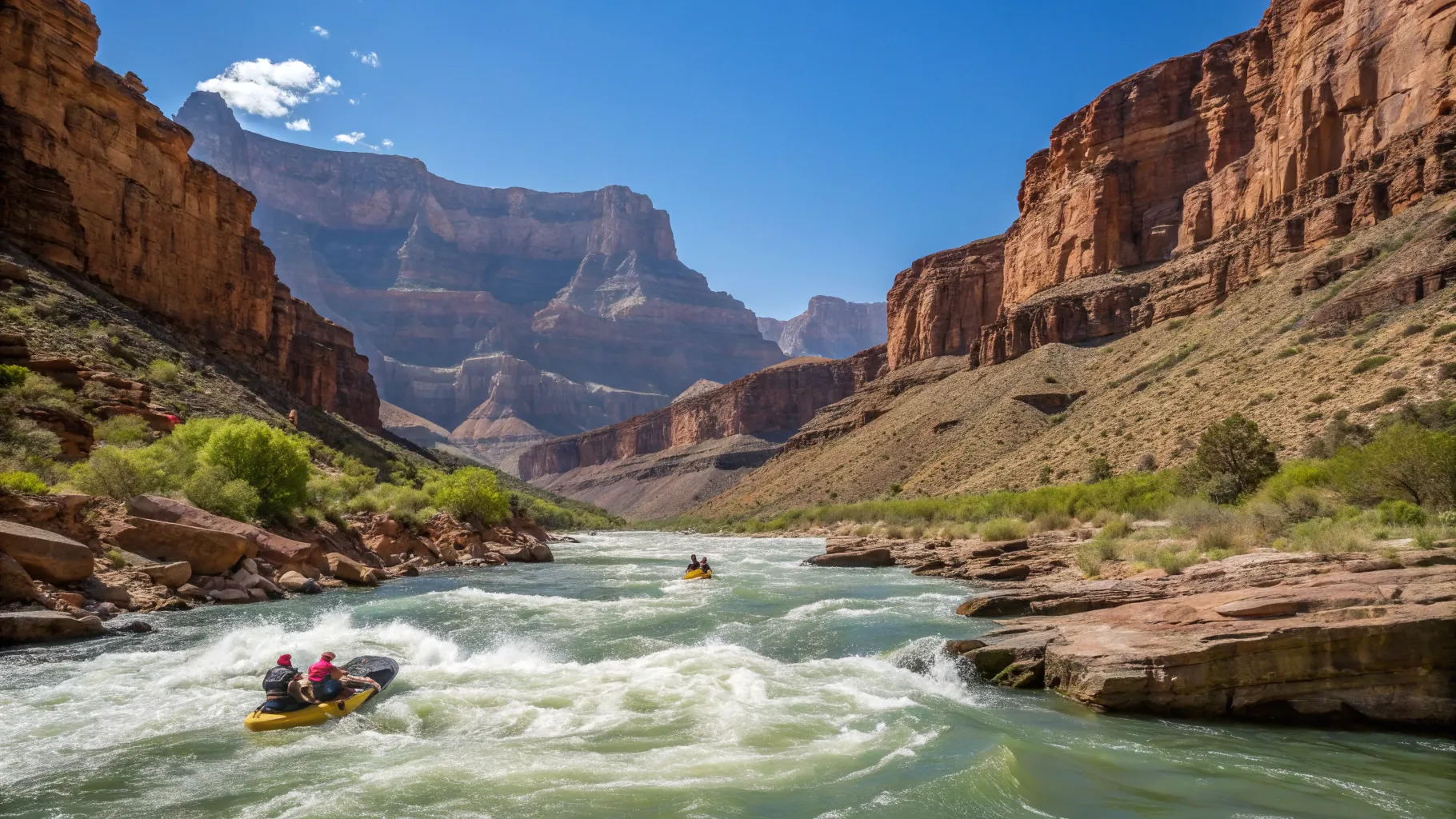
Where to Camp in the Grand Canyon
Camping inside the park is a fantastic way to deepen the experience, but spots fill up quickly. There are four campgrounds within the park: three on the South Rim and one on the North Rim. Reservations open six months in advance for most campgrounds, so early planning is essential.
- Mather Campground: The only tent campground open year-round on the South Rim, located near Grand Canyon Village with over 300 campsites.
- Desert View Campground: Situated about 23 miles east of Grand Canyon Village on the South Rim, this smaller campground with 50 sites is open seasonally and offers a quieter experience.
- Trailer Village: Exclusively for RV campers with full hookups, open year-round on the South Rim.
- North Rim Campground: The only campground on the remote North Rim, open seasonally from mid-May to mid-October.
For those looking to camp outside designated campgrounds, a backcountry permit is required. These permits regulate camping in the more isolated areas of the canyon, ensuring safety and conservation.
Lodging Options: From Historic Hotels to Remote Cabins
The Grand Canyon offers a variety of lodging choices, ranging from historic hotels to rustic cabins and dormitories. One of the most unique accommodations is Phantom Ranch, located at the base of the canyon. Accessible only by hiking, mule ride, or rafting, Phantom Ranch offers a rare chance to stay inside the canyon itself. Due to its popularity, reservations are made through a lottery system.
On the South Rim, the El Tovar Hotel is the most elegant option, operating since 1905. It provides a historic atmosphere reminiscent of the frontier days but requires booking well in advance due to high demand.
For visitors preferring nearby towns, Flagstaff, Arizona, often called the gateway to the Grand Canyon, serves as a convenient base with various lodging options. Flagstaff is about an hour and a half drive from the South Rim entrance.
On the North Rim, the Grand Canyon Lodge is the primary lodging facility, located near the visitor center. It operates seasonally, generally from mid-May to mid-October, offering a quieter experience away from the South Rim’s crowds.
Getting to the Grand Canyon
Travelers visiting the North Rim will find flying into Las Vegas the most practical option, followed by a roughly four-and-a-half-hour drive. Renting a car at McCarran International Airport is straightforward, but it’s advisable to arrive early, complete the drive, and rest before exploring the park.
For the South Rim, flying into Phoenix or Flagstaff are the best choices. Flagstaff is closer but has limited flights, while Phoenix offers more frequent service. The drive from Phoenix to the South Rim takes about three and a half hours, which should be factored into travel plans.
Accessibility at the Grand Canyon
The Grand Canyon National Park strives to accommodate visitors with disabilities. All shuttle buses operating around the rims are wheelchair accessible, facilitating easy movement along popular routes.
However, trails descending into the canyon tend to be steep, rocky, and narrow, making them challenging for visitors with mobility issues. Many historic buildings within the park are also not fully accessible due to their age.
Visitors with disabilities can apply for a scenic drive accessibility permit, granting access to park roads usually closed to the public. Additionally, a free lifetime access pass is available for visitors with permanent disabilities, covering admission to over 2,000 recreation areas across the United States, including all national parks.
Tips for Visiting the Grand Canyon
- Plan for Free Entry Days: Take advantage of free entry on days such as Martin Luther King Jr. Day, Veterans Day, and National Park Week in April.
- Permits Are Essential: Most activities inside the canyon beyond the rim require permits. Ensure all necessary permissions are secured before arrival.
- Prepare for Heat and Crowds: Summer months bring intense heat, often exceeding 100°F, and large crowds. Carry plenty of water and plan for early morning hikes to avoid the midday sun.
- Consider Off-Season Visits: Winter visits offer fewer crowds and picturesque snow-covered landscapes, but only the South Rim remains open during winter.
- Be Ready for Monsoons: From July to September, afternoon thunderstorms are common. Pack rain gear even if mornings are clear.
- Sunset Viewing: Sunset at Hermit’s Rest on the South Rim is especially stunning, with the canyon’s rusty colors glowing in the fading light.
Note that the famous Grand Canyon Skywalk, a glass walkway extending over the canyon edge, is not located within the national park. It is situated at Grand Canyon West on the Hualapai Indian Reservation, closer to Las Vegas than to either rim of the park.
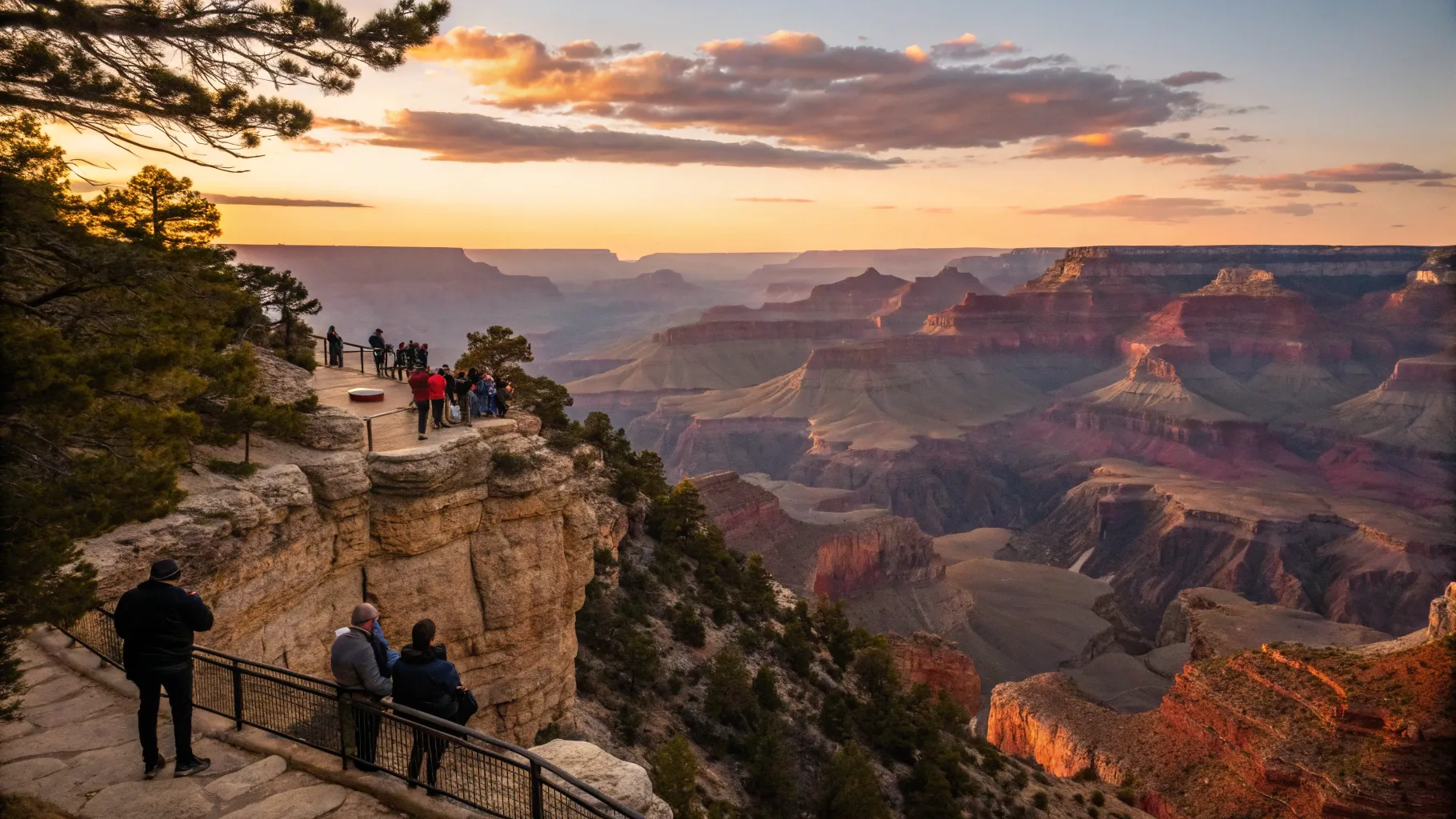
Planning Your Grand Canyon Adventure
Whether visiting for a day or planning a multi-day adventure, the Grand Canyon offers unparalleled natural beauty and a variety of activities to suit every traveler’s interests. For visitors staying near Southern Utah’s vacation rentals, such as those provided by Stay Copper Rock, the Grand Canyon makes for an unforgettable day trip or extended expedition.
To maximize your experience, consider these suggestions:
- Choose a vacation rental near gateway cities like Flagstaff or even Southern Utah towns to combine canyon exploration with other regional attractions.
- Plan hikes or bike rides on the same rim to avoid long drives.
- Book campgrounds or lodging well in advance, especially for peak seasons.
- Explore other nearby national parks and hidden gems in the region to enrich your itinerary. For more ideas, see our guides on Zion National Park and Bryce Canyon.
Frequently Asked Questions about Visiting the Grand Canyon
Which rim should I visit: North or South?
The South Rim is more accessible, open year-round, and offers extensive visitor services and viewpoints. The North Rim is more remote, less crowded, and open seasonally (mid-May to mid-October). Choose based on your time, interests, and desired experience.
Do I need permits for hiking or camping?
Yes, backcountry camping requires permits. Many popular trails also require permits for overnight stays. Day hiking on rim trails usually does not require permits, but always check current regulations before your trip.
What is the best time of year to visit?
Spring and fall offer mild weather and smaller crowds. Summer is busiest but can be very hot. Winter provides a unique snowy landscape but limited access, mainly on the South Rim.
Are there accessible trails for visitors with mobility challenges?
While rim trails like the Rim Trail have minimal elevation change and are more accessible, trails descending into the canyon are generally steep and rugged. Shuttle buses and some viewpoints are wheelchair accessible.
Can I combine a Grand Canyon trip with other nearby national parks?
Absolutely. Many travelers base themselves in Southern Utah or northern Arizona to visit multiple parks, including Zion, Bryce Canyon, and Lake Powell. Vacation rentals in Southern Utah are ideal for these multi-park adventures.
Conclusion
The Grand Canyon National Park is a destination that offers something for every type of traveler. From spectacular viewpoints and easy rim trails to challenging hikes, thrilling river rafting, and peaceful camping spots, the canyon invites visitors to explore its vast beauty in countless ways.
Planning ahead is key: choose your rim wisely, secure permits early, and prepare for the weather and crowds. Whether seeking solitude, adventure, or family-friendly activities, the Grand Canyon promises an unforgettable experience that stays with visitors for a lifetime.
For travelers staying in Southern Utah, pairing your Grand Canyon visit with a comfortable vacation rental from Stay Copper Rock offers the perfect blend of relaxation and adventure. Explore our extensive vacation rental options to find your ideal home base for exploring the wonders of the Southwest.

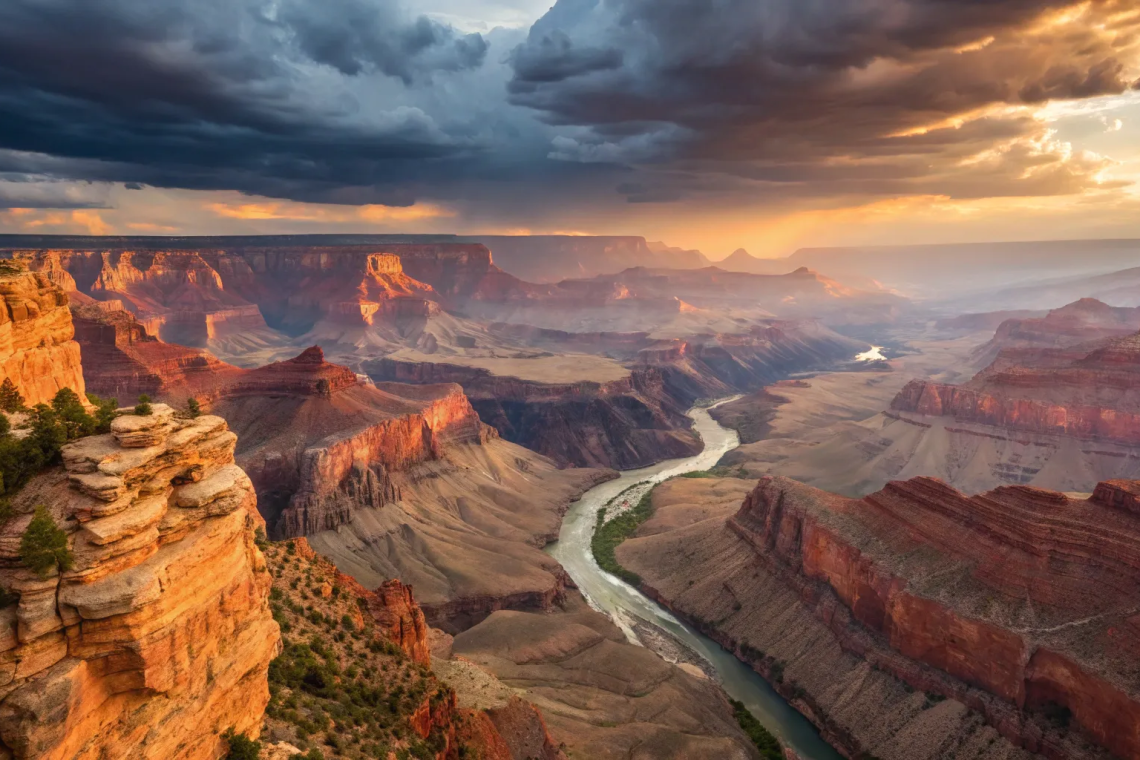



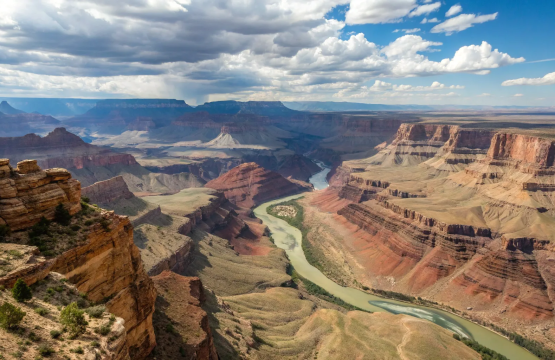
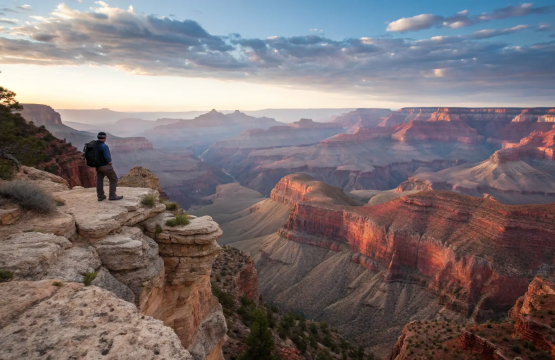
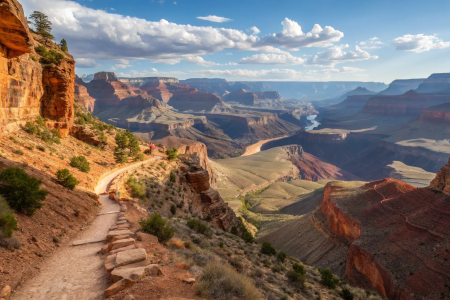
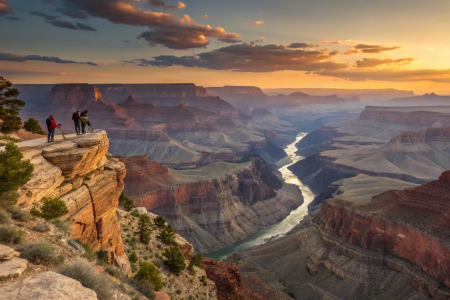
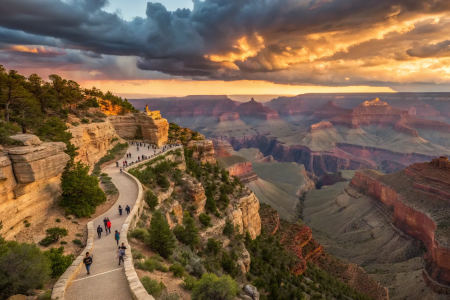

Join The Discussion